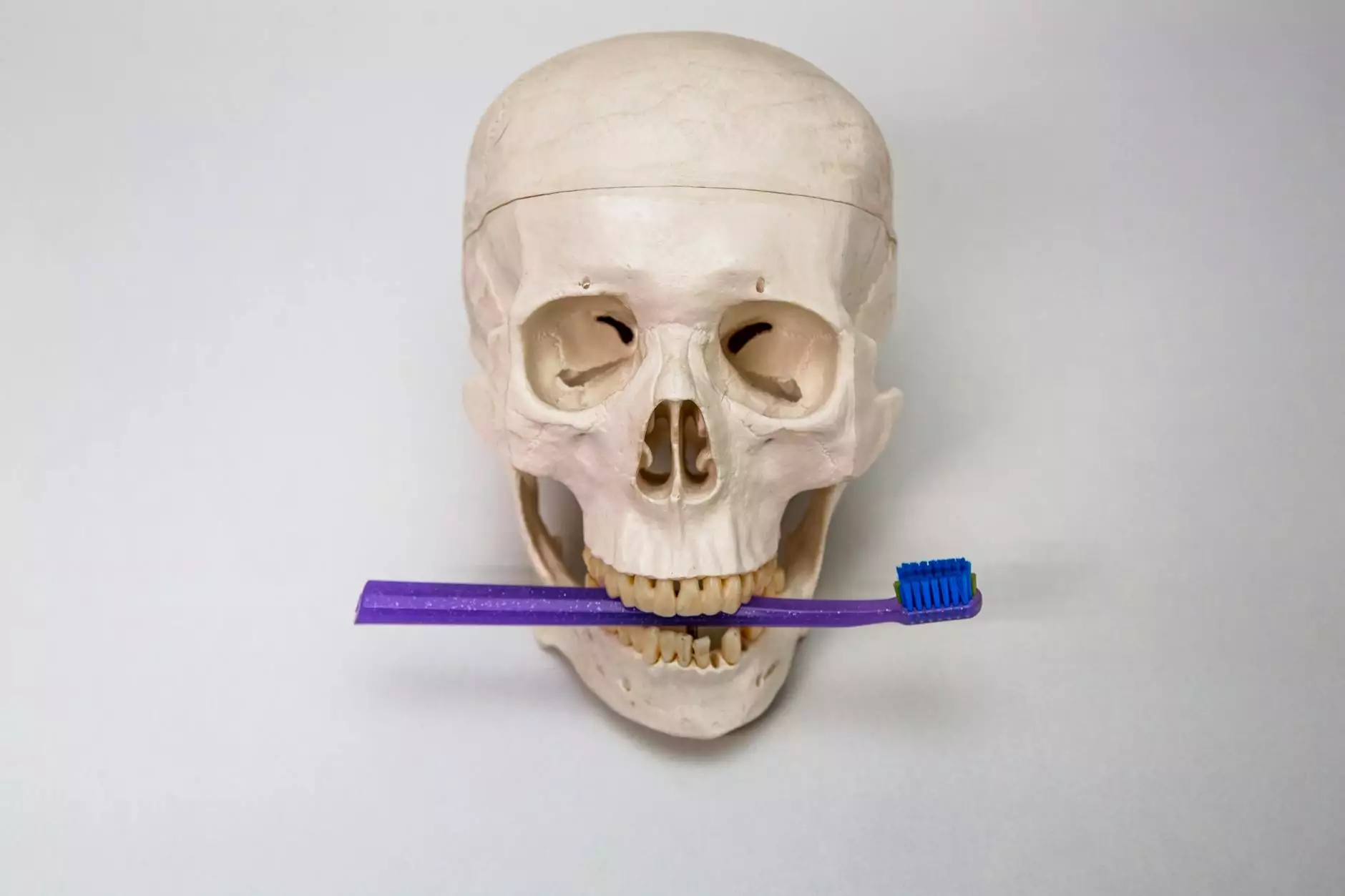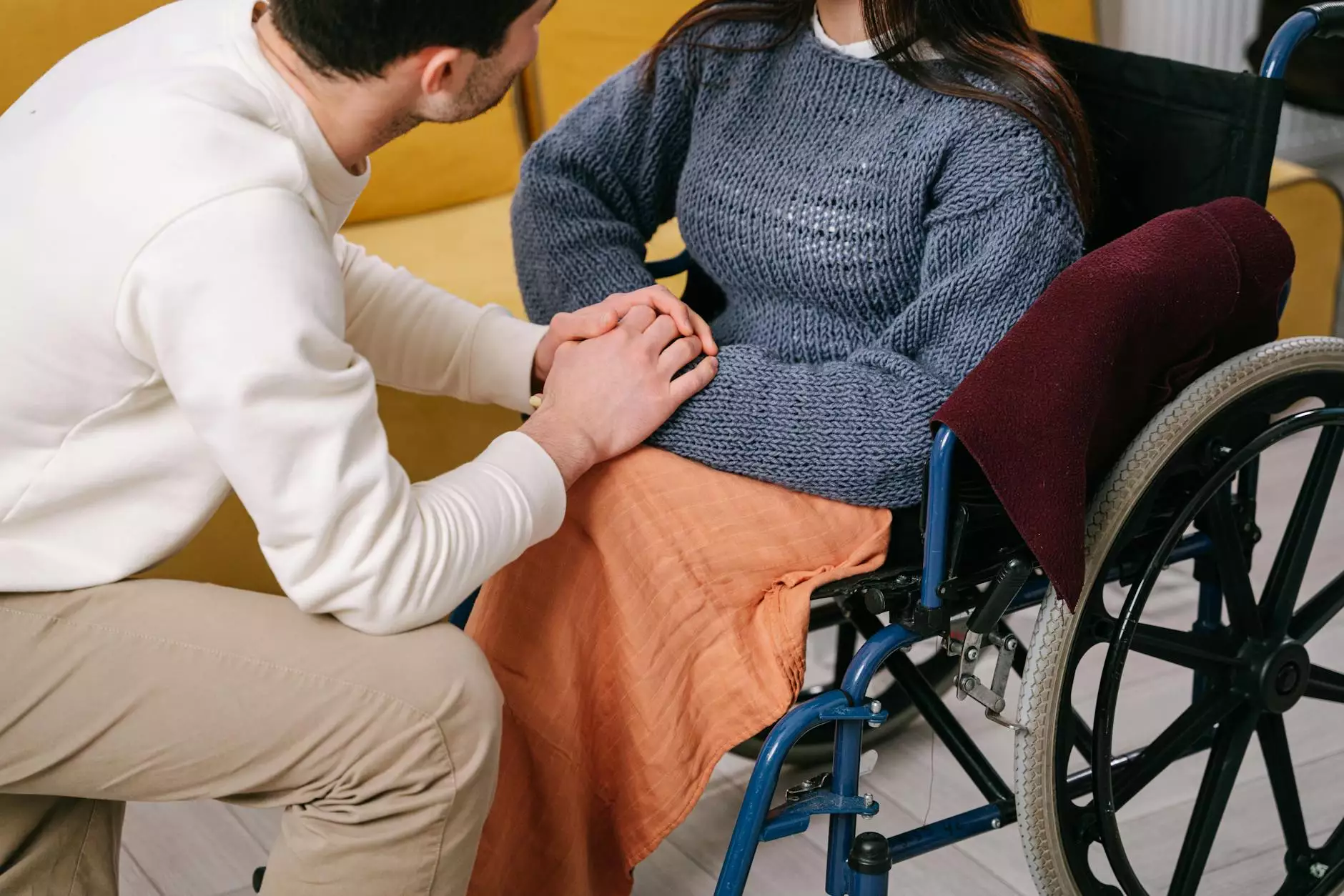Phlebitis Causes and Treatment

Introduction
Welcome to Truffles Vein Specialists, a leading authority in vascular medicine and dedicated to providing you with the best care possible. In this article, we will explore the causes and treatment options for phlebitis, a condition that affects the veins. Our aim is to provide you with rich and comprehensive information on this topic to help you understand and address phlebitis effectively.
Understanding Phlebitis
Phlebitis, also referred to as superficial thrombophlebitis, is the inflammation of a vein, usually in the legs. It occurs when a blood clot forms in one or more veins near the surface of the body. Although it can be painful, phlebitis is typically not considered a serious condition and can often be treated with non-invasive methods.
Causes of Phlebitis
There are various causes and risk factors associated with phlebitis:
- Extended periods of inactivity or sitting for long durations.
- Obesity and excessive weight gain.
- Injury or trauma to the affected area.
- Underlying medical conditions, such as varicose veins or deep vein thrombosis.
- Recent surgery or medical procedures.
- Use of certain medications, such as birth control pills.
- Infection of the vein.
- Smoking and tobacco use.
Signs and Symptoms
Phlebitis can present with several signs and symptoms, including:
- Redness, warmth, and tenderness over the affected area.
- Swelling and pain.
- Vein hardening and a cord-like feel to the touch.
- Aching or cramping in the leg.
- Mild fever in some cases.
Treatment Options
At Truffles Vein Specialists, our team of highly skilled doctors specializing in vascular medicine is experienced in treating phlebitis. The treatment approach may vary depending on the severity and underlying causes, but some common options include:
1. Compression Therapy
Compression therapy involves wearing specially designed stockings or bandages to improve blood flow and reduce swelling in the affected area. It can provide symptomatic relief and promote healing.
2. Medications
In certain cases, medication may be prescribed to alleviate pain and reduce inflammation. Nonsteroidal anti-inflammatory drugs (NSAIDs) or pain relievers may be recommended to manage discomfort.
3. Lifestyle Changes
Adopting a healthy lifestyle can significantly contribute to managing and preventing phlebitis. This may include maintaining a healthy weight, engaging in regular physical activity, avoiding prolonged periods of inactivity, and quitting smoking if applicable.
4. Warm Compresses
Applying warm compresses to the affected area can help soothe pain and reduce inflammation. It is important to consult with your healthcare provider regarding the appropriate temperature and duration for the compresses.
5. Elevation and Movement
Elevating the affected leg and periodically moving or exercising the leg can aid in reducing swelling and promoting proper blood circulation.
6. Surgical Intervention
In rare cases, surgical intervention may be necessary, especially when there is a presence of a significant blood clot or if complications arise. Our experienced doctors at Truffles Vein Specialists can provide appropriate guidance and discuss the available options for your unique situation.
Conclusion
Phlebitis is a common condition that can cause discomfort and affect your daily life. However, with proper understanding, timely intervention, and expert care, it can be effectively managed. At Truffles Vein Specialists, we are dedicated to providing you with the highest quality medical care to address your specific needs. Contact us today to schedule a consultation and let our team of knowledgeable doctors guide you toward effective phlebitis treatment.
phlebitis causes and treatment








